Table of contents
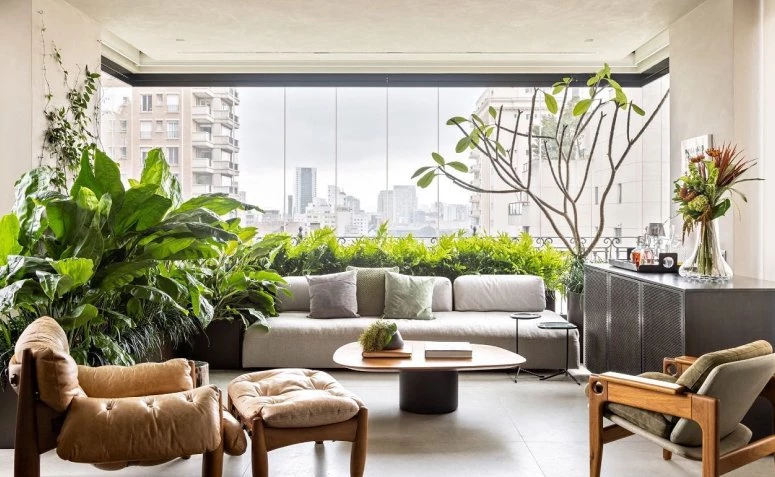
Biophilic architecture seeks to connect spaces with nature, promoting well-being and comfort for its occupants. Learn more about this principle in the composition of environments, its benefits and tips for incorporating nature in your projects!
What is Biophilic Architecture: Discover its relationship with nature
Architect Bia Rafaelli explains that "to talk about biophilic architecture, we need to start with the definition of biophilia, which means love of life (bio = life, philia = love).
See_also: Practical tips and 80+ inspirations to organize your home officeShe complements by saying that "the biophilia theory, spread by biologist Edward O Wilson, talks about the innate connection of human beings to nature, evolved from thousands of years of living and developing in nature, and that this connection is essential for people's integral health."
The architect and landscape architect Felipe Ariel Köhler, also from Orgânico Arquitetura, points out that "on the scale of biological evolution, the buildings we know today are very recent.
He concurs, saying that "our biological development is much more related to nature: light, air, water, plants and animals, and not so much to artificial spaces - buildings". Thus, the concept of biophilic architecture is linked to a vision of planning environments with characteristics of the natural world.
Characteristics of biophilic architecture for living in harmony with nature
The professional Felipe points out the main characteristics of biophilic architecture, see:
1. ventilation, natural and visual lighting
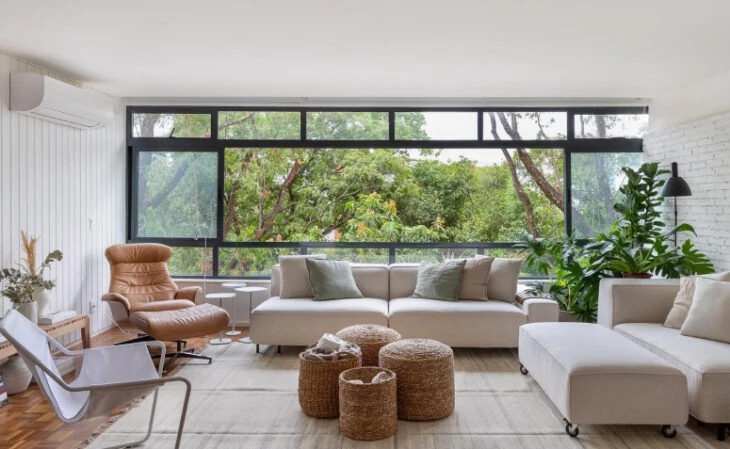
"Sunlight and its brightness also help the circadian cycle, regulating the body's biological clock. Along with natural ventilation, these elements are basic for people's well-being." He adds, "perspectives and good looks out the windows are also important, since viewing the natural landscape reinforces these feelings."
2. plants and water
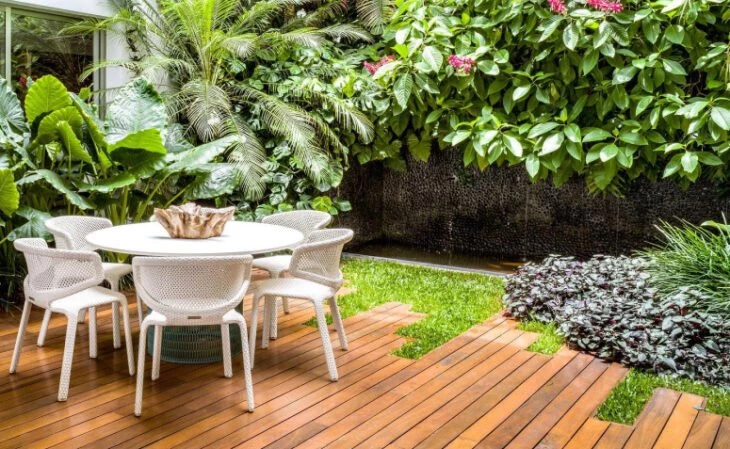
"Besides beautifying, plants also purify the air in the environment. The sound of water from a small stream, or even the humidity it creates for dry regions, creates a biological signal for people, besides the well-being and coziness," says Felipe.
3. natural materials
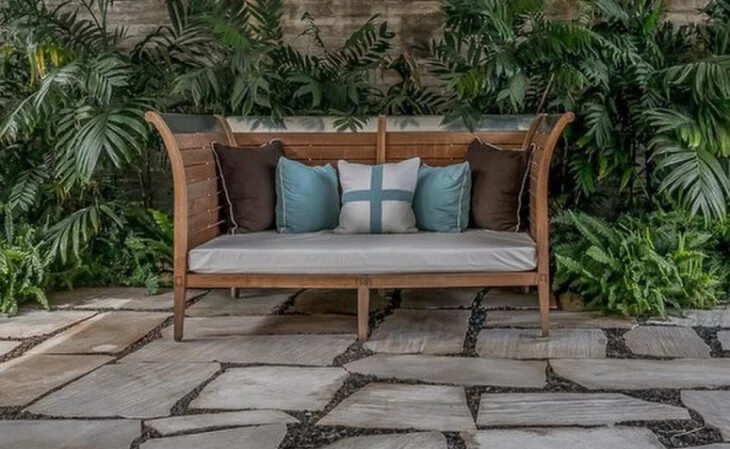
"Stones, wood, bamboo, fabrics with fibers, and even the earth itself are elements that are from nature," says the professional, adding that "when these materials are used in the same way they are found in nature, the greater the effect of well-being.
4. organic format design
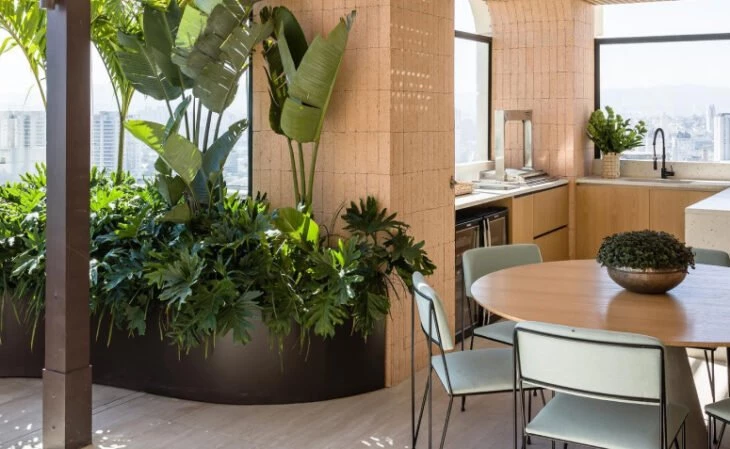
Felipe points out that the shapes found in nature are usually organic and rounded, so when furniture, carpets, and even the construction itself has curved and irregular patterns, it is possible to refine the design of the space.
5. patterns of nature

He also points out that "the compositions that nature creates are perfectly irregular and organic, making contrasts or even combinations". Thus, the professional states that "by observing nature, we can recreate these patterns, for example with the color palette of a sunset, or the mixture of shades of green and brown of a forest".
The architect Bia, reinforces that "biophilic architecture should provide an immersive experience of nature for people" and says she always thinks about "how to use nature to improve people's health and well-being in environments."
Benefits of Biophilic Architecture for a Healthy Home
Bia and Felipe point out that there are several benefits in using the principles of biophilic architecture, and they mention:
- Well-being and stress reduction;
- Improved concentration and creativity;
- It improves social interaction;
- Increased performance and productivity;
- Reduced aggressiveness;
- Increased sense of rest.
According to Felipe, "spaces designed with this concept improve the quality of life of its occupants and create a relaxing atmosphere that, at the same time, instigates creativity and interaction in the space.
How to apply biophilia in architecture and have a more natural home
The architects also give practical tips for applying this concept at home, see:
See_also: Spiderman Souvenirs: 55 great ideas and tutorials1) "Prioritize contact with natural light in the spaces," indicates Bia
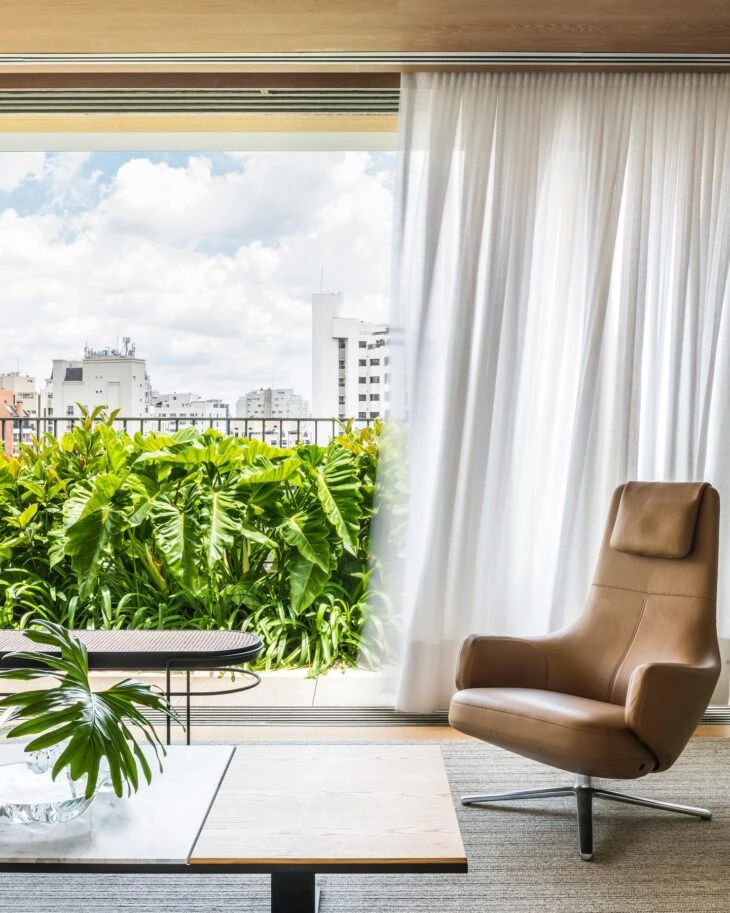
2. views of nature are essential
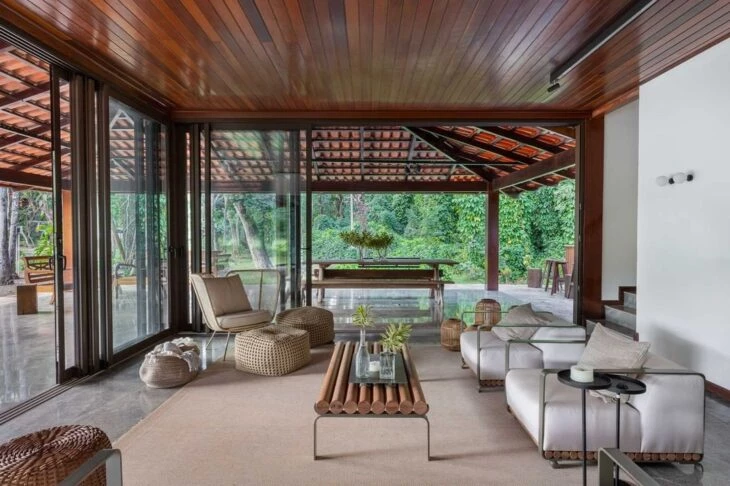
3. "Take breaks so you can enjoy it," recommends the professional
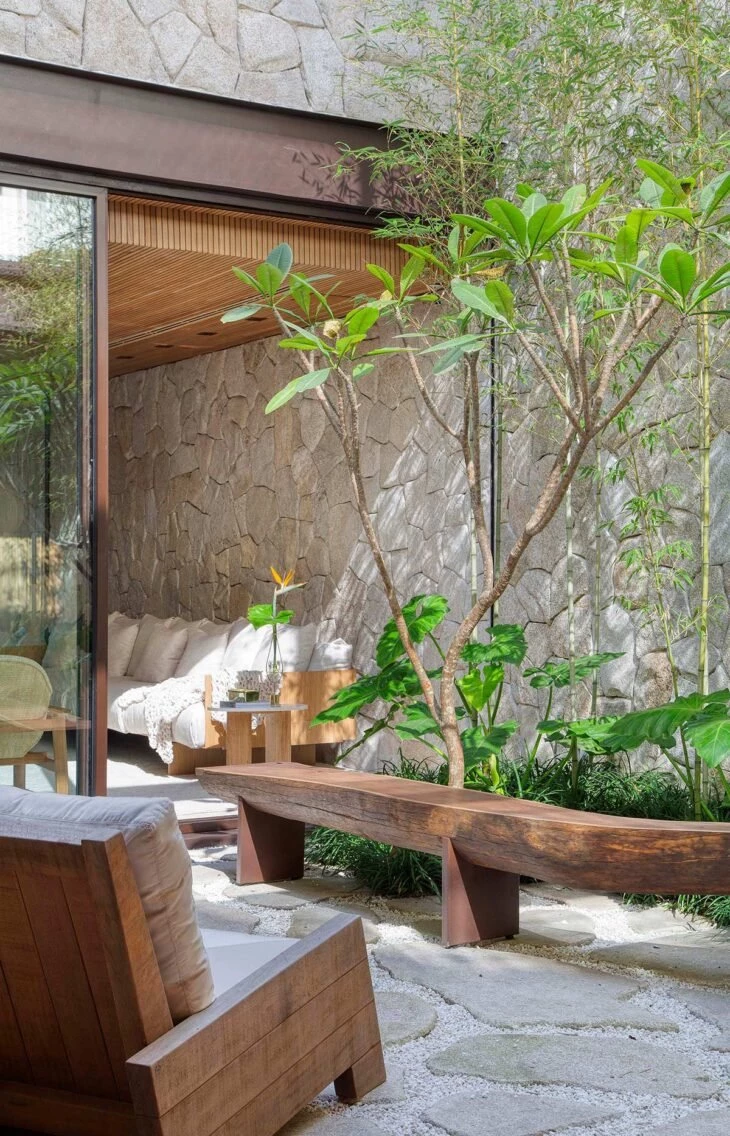
4. it will "increase your focus, concentration, energy, creativity, and performance".
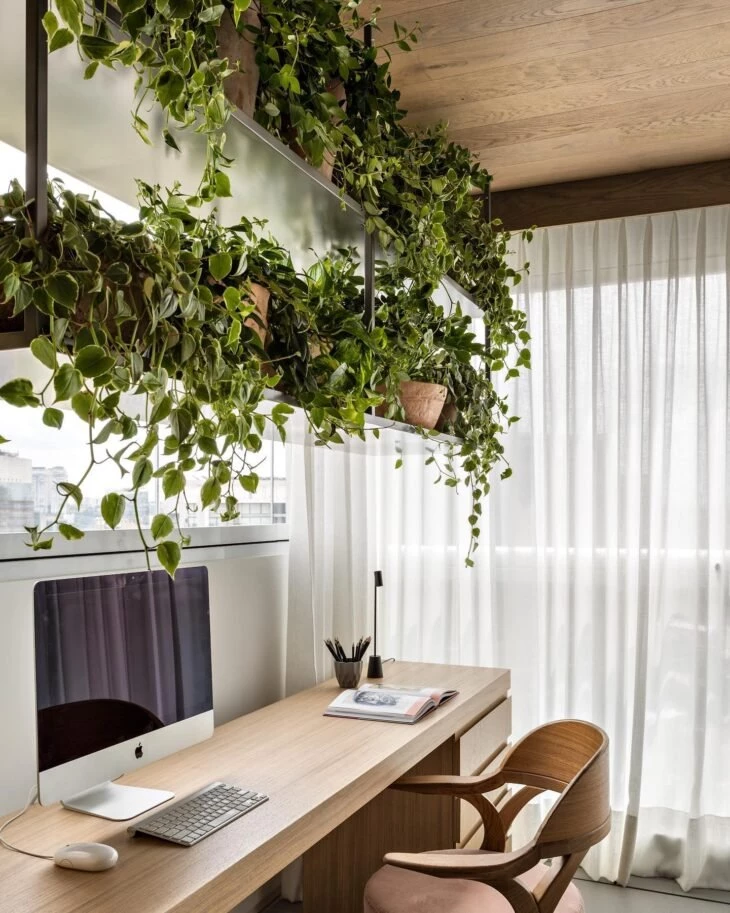
5. choose natural materials
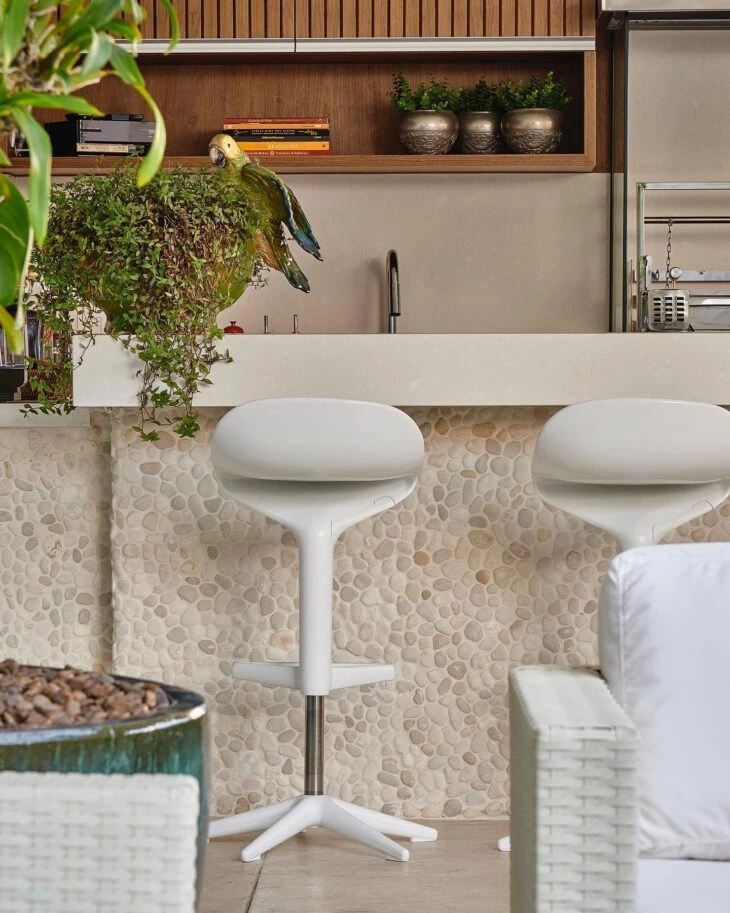
6. Bia suggests: wood, bamboo, cotton, stones

7. and also the use of images of nature
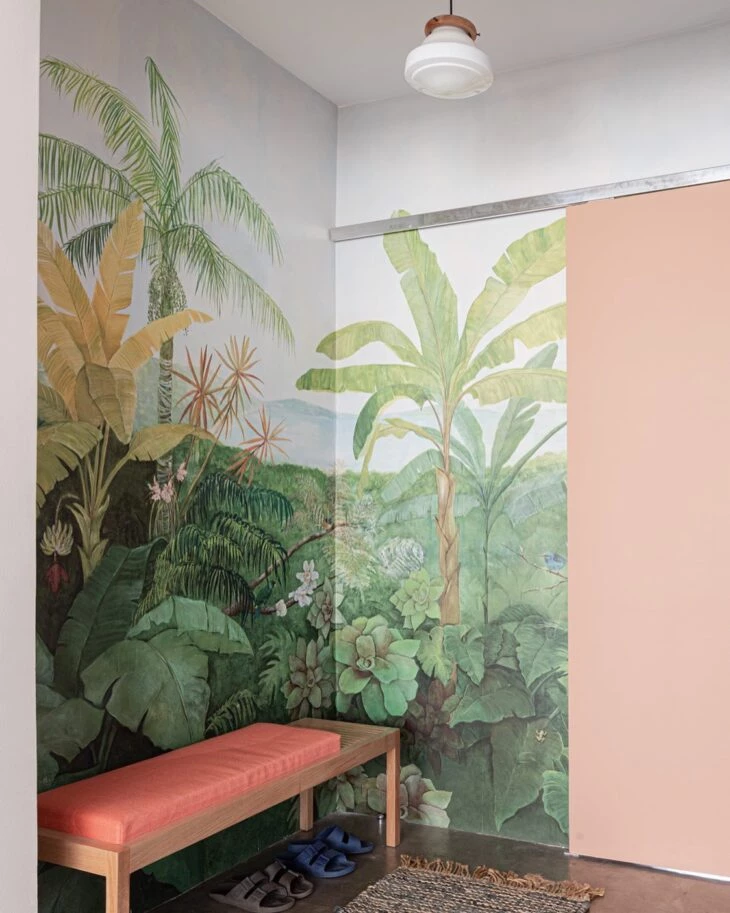
8. whether in paintings, coatings or fabrics
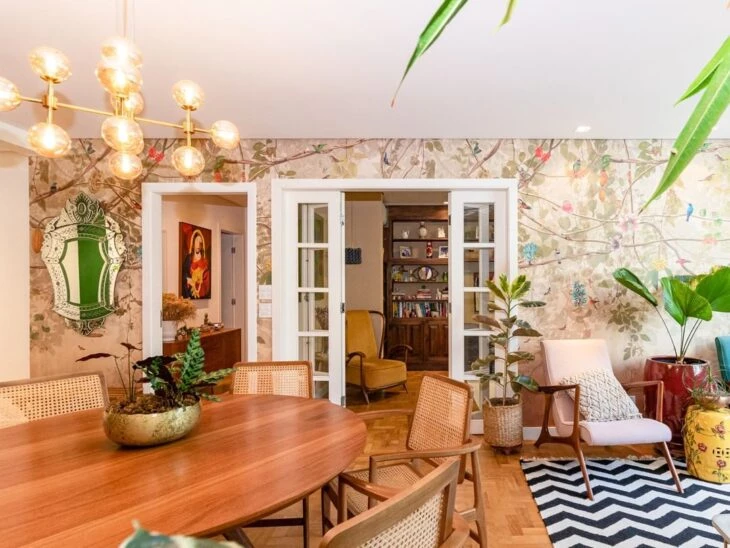
9. Felipe suggests painting walls with shades and shapes from nature
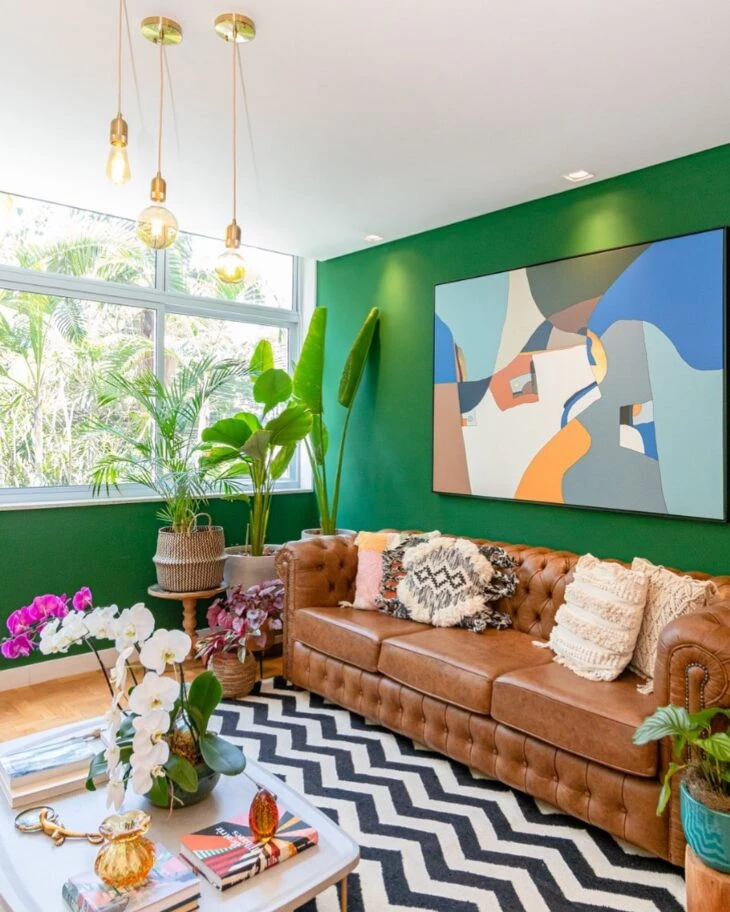
10. as well as "use elements with wood or natural wefts".

11. for the professional, "water fountains, can create sensations of relaxation through sound".
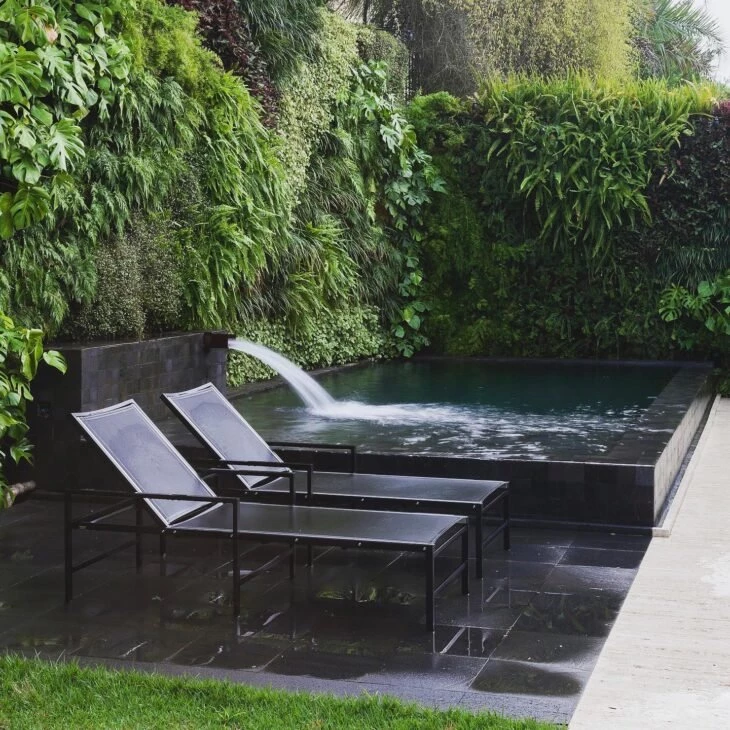
12. he also recommends using plants indoors
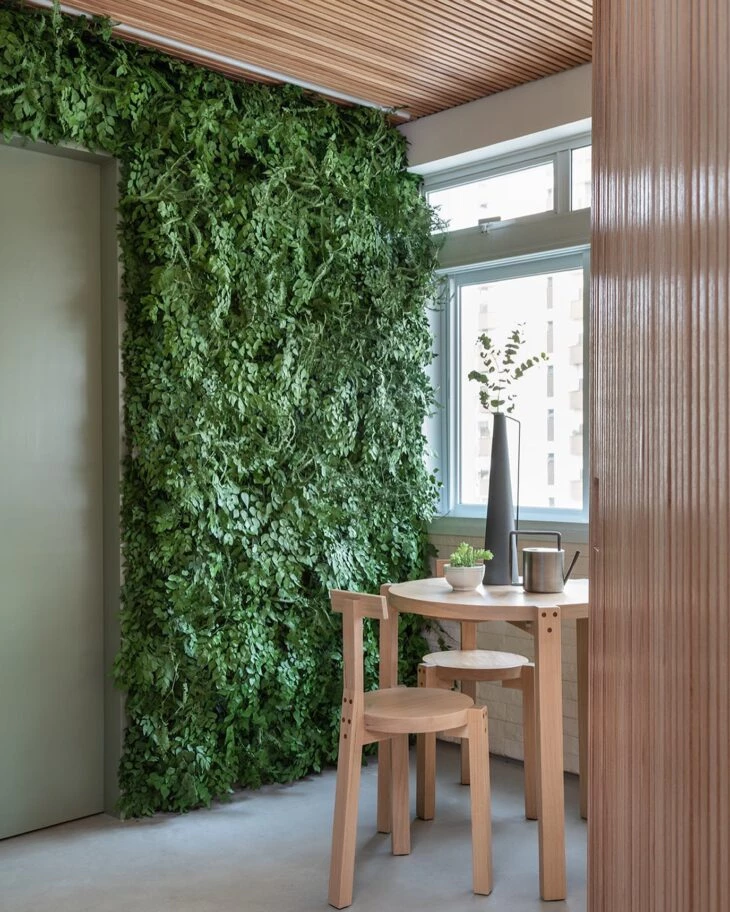
13. and emphasizes, "there are species that are very easy to care for".
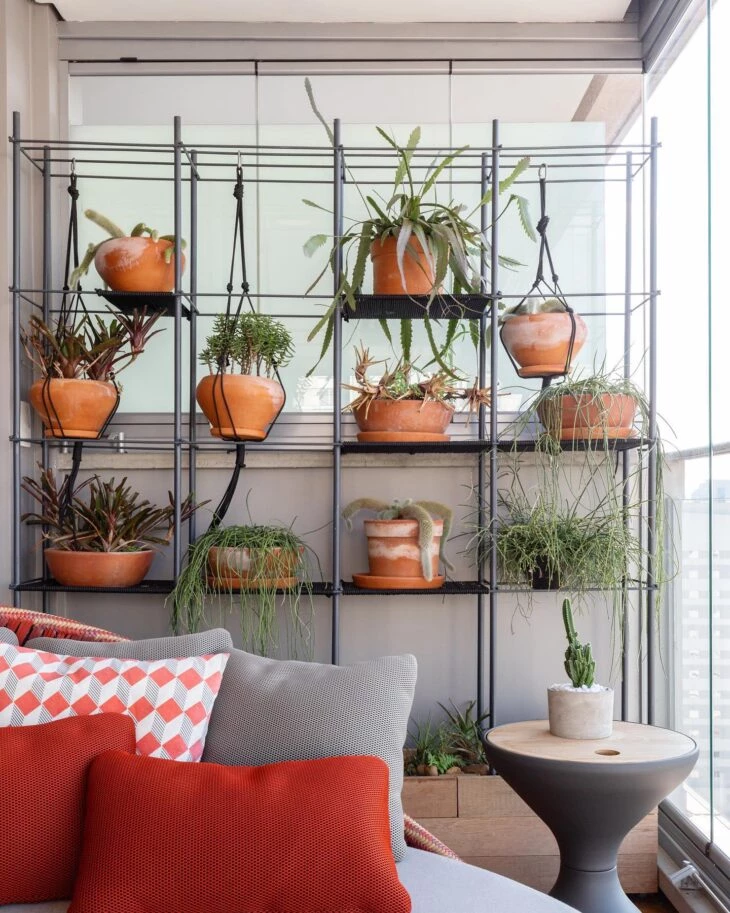
14. you can use foliage in vases
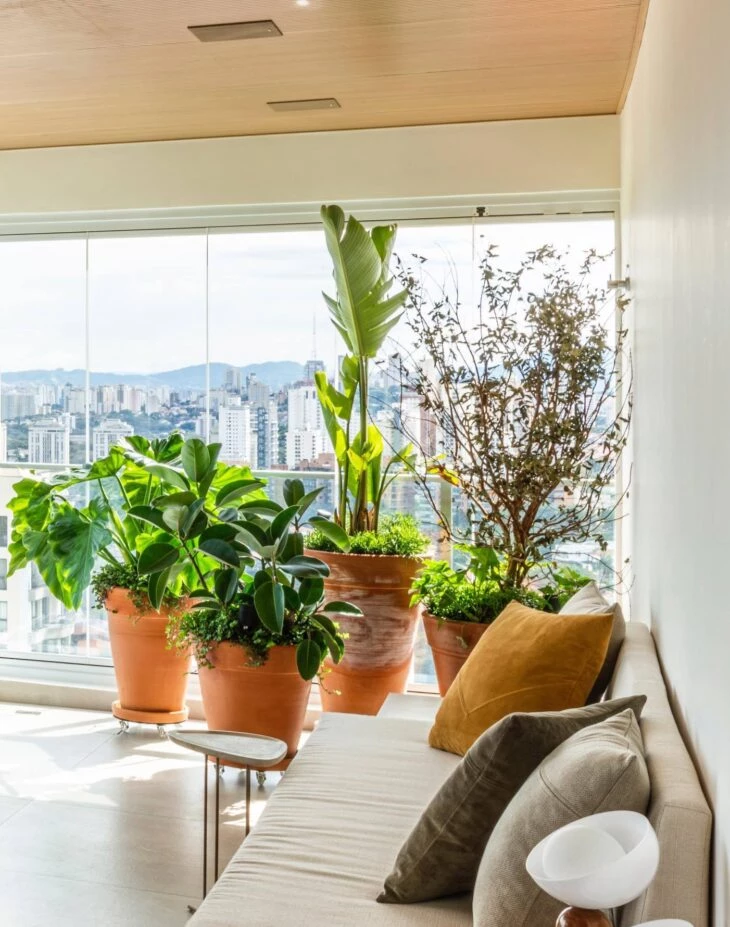
15. or make a large vertical garden
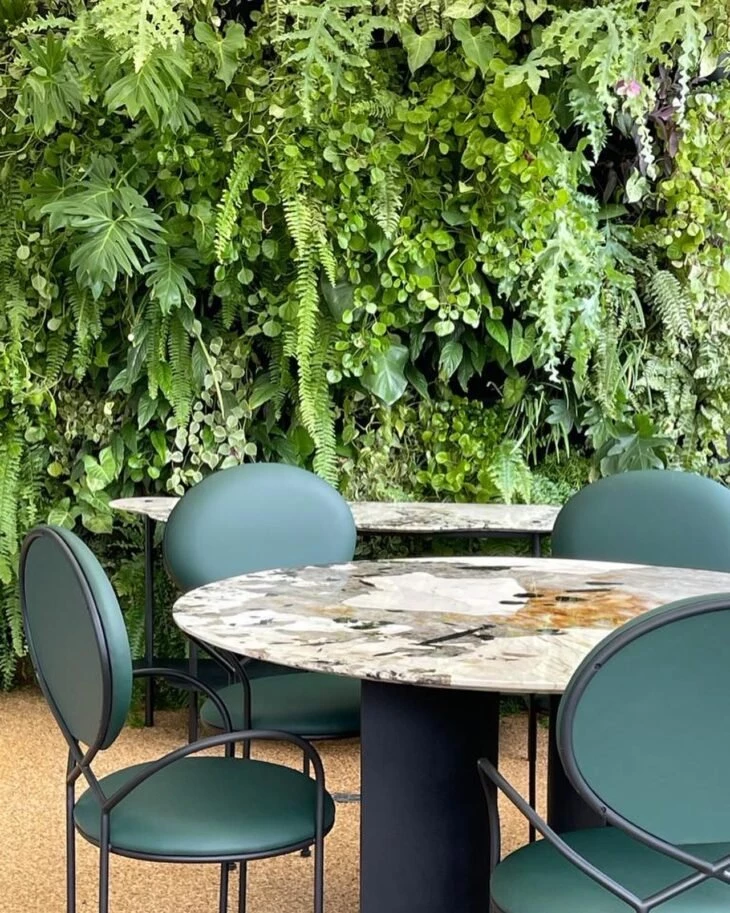
16. create spaces to relax and connect with nature
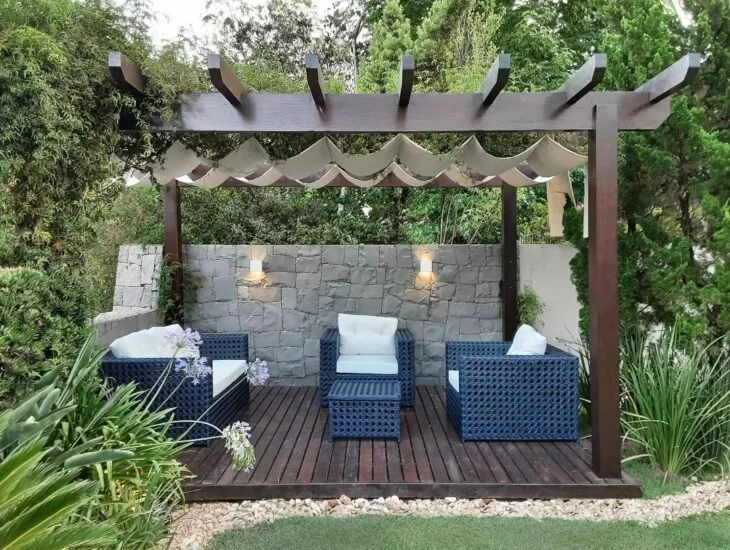
17. Bia reinforces the importance of caring for another living being
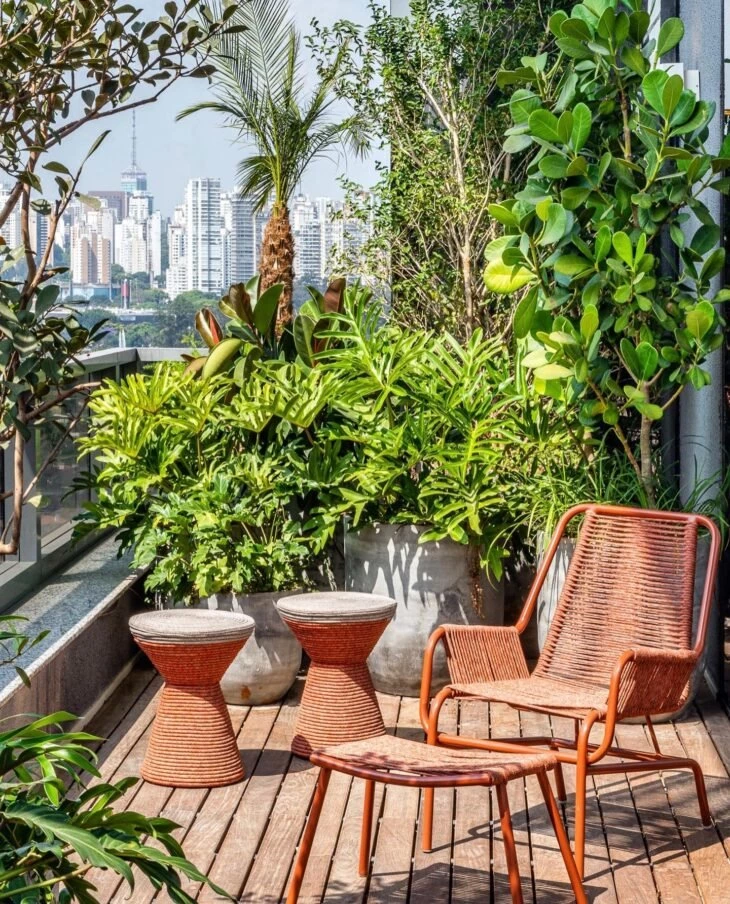
18: "Be it a plant, or an animal," says
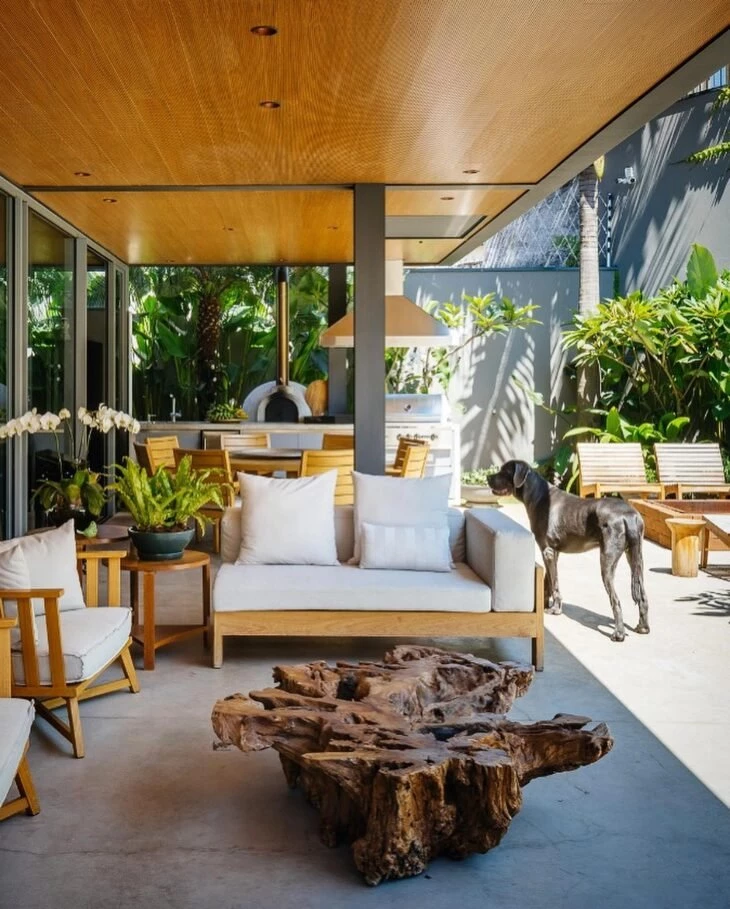
19. enjoy the benefits of nature in your home
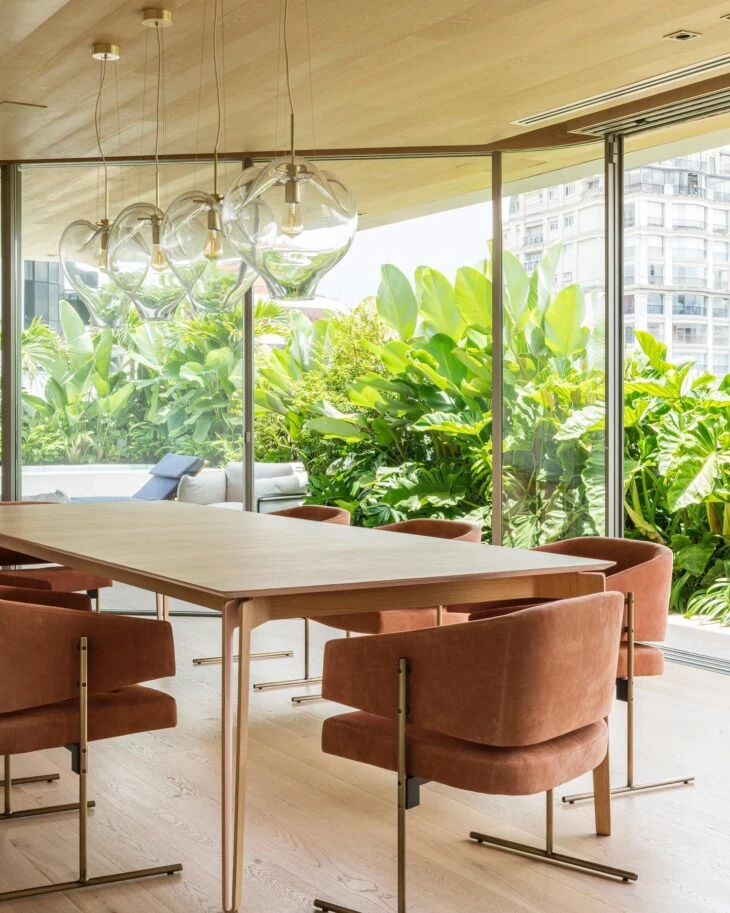
20. live better and healthier with biophilic architecture
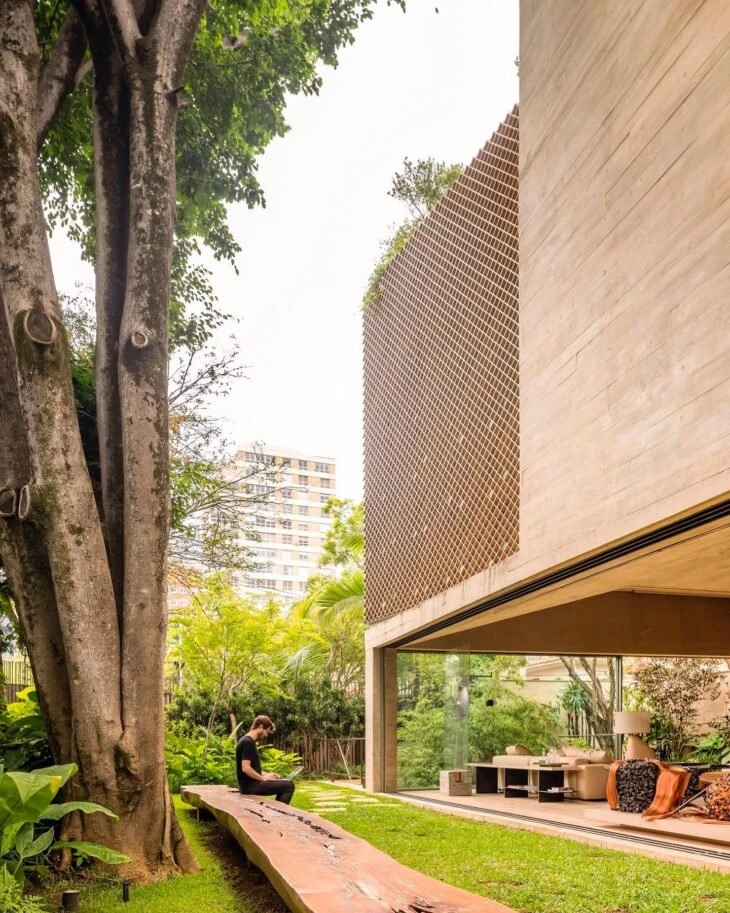
For Felipe, the concept of biophilia can start simple and evolve into something complete. Start by improving the space you already have and transform your day to day life with a greater connection to nature. And to go with everything in decorating with plants, get to know the urban jungle trend.


